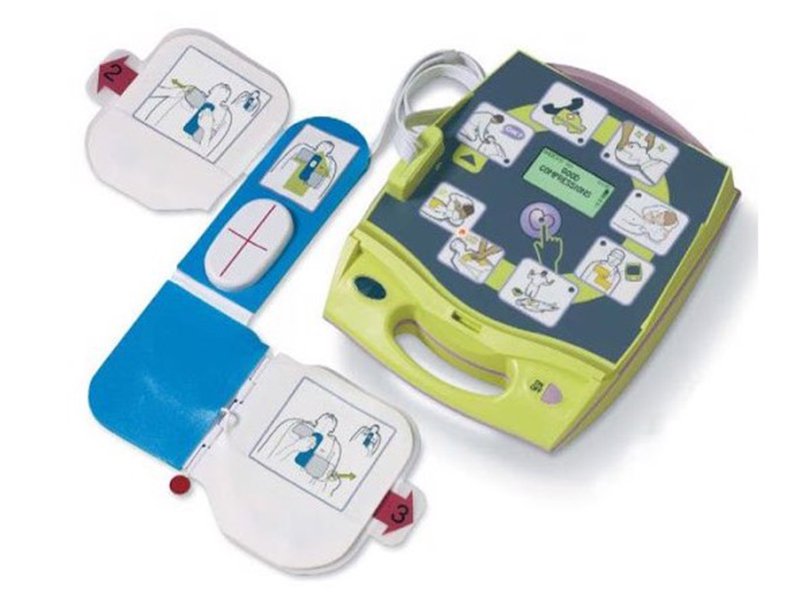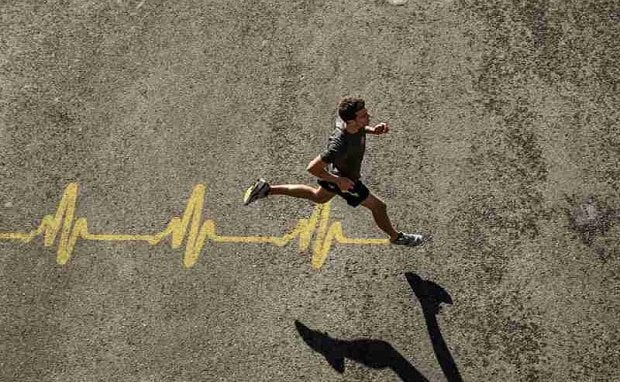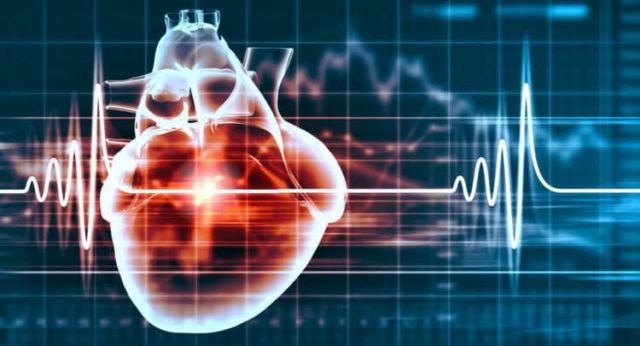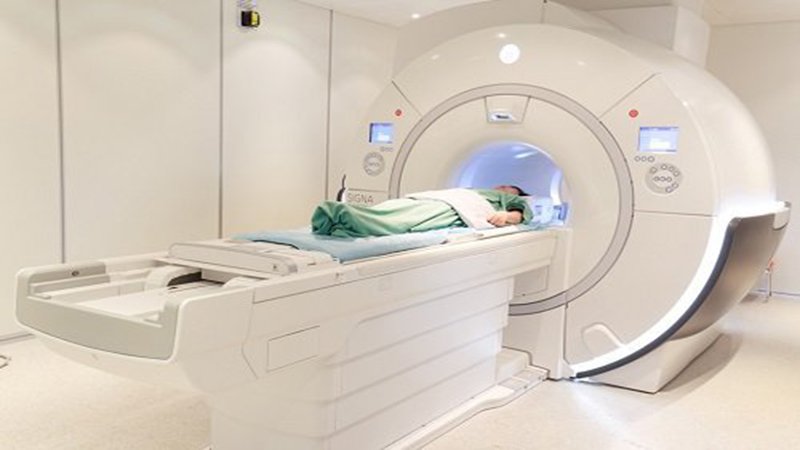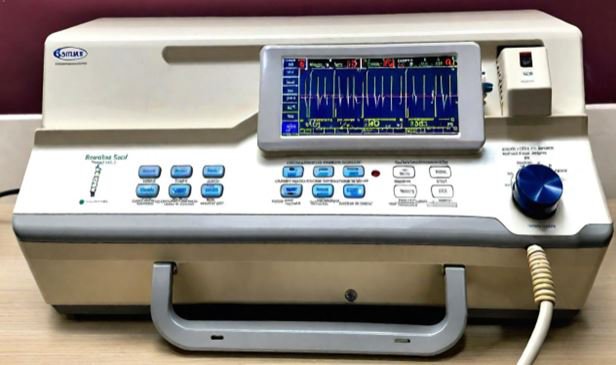What is pacemaker?
The article was professionally consulted by a doctor at Cardiology Center - Vinmec Central Park International General Hospital.
In Vietnam, the first pacemaker implantation was performed in 1973, but due to economic conditions, it was not until the 1990s that pacemaker implantation technology developed strongly. Currently, centers that are capable of implanting and programming pacemakers have increased significantly with the number of patients being implanted with each year.
1. What is pacemaker?
Pacing is the use of a pacemaker that generates a 1-way, periodic electrical pulse, through the electrode wire, to directly stimulate the heart muscle, causing the heart muscle to contract according to the machine's cycle. Pacemaker is a very special electronic device with 2 capabilities:
Analyze the functional activities of the electrical system of the heart.
When necessary, the machine will generate supporting impulses to ensure the functioning of the heart (for example, when the pulse is too slow, the machine will generate additional impulses to ensure that the heart works at the correct frequency) according to the needs of the body).
Recently, some new indications of pacemakers have been added such as: used in the treatment of heart failure, used in hypertrophic cardiomyopathy with left ventricular outflow tract obstruction, used in some tachyarrhythmias. ...
History of the pacemaker In 1889, Mc. William published in the British Medical Journal about the experimental results of using an electrical impulse to stimulate the heart of a person who has stopped beating, the results made the ventricles contract according to the pulse frequency of about 60-70. times/minute. In 1932, the American physiologist Albert Hyman announced his invention of pacing and introduced the concept of "Artificial Pacemaker: artificial pacemaker" which is still valid today. In 1952, Paul Zoll first successfully used electrical pulses through two electrodes attached to two needles, which were then inserted into the chest for two patients in cardiac arrest, causing the heart to beat again to the rhythm of that electrical impulse. . In 1956, Winson Greatbatch (USA) successfully experimented with implanting a pacemaker into a living body. In 1958, Ake Sening (Sweden) was the first in the world to successfully implant a pacemaker on the human body. With new understandings in electrophysiology and physiology, great advances in biomedical and electronic engineering, from the very first generations of pacemakers that were very simple and heavy (300 - 400g), after more than 50 years of development, now people have produced many generations of modern machines, the weight of the machine is very compact (only from 20 to 30g) but the functions are very diverse: 3-chamber pacemaker to treat heart failure. Cardiac pacemaker, implantable automatic defibrillator (prevention of sudden death from ventricular fibrillation) and longer life of pacemakers (8–10 years).
Analyze the functional activities of the electrical system of the heart.
When necessary, the machine will generate supporting impulses to ensure the functioning of the heart (for example, when the pulse is too slow, the machine will generate additional impulses to ensure that the heart works at the correct frequency) according to the needs of the body).
Recently, some new indications of pacemakers have been added such as: used in the treatment of heart failure, used in hypertrophic cardiomyopathy with left ventricular outflow tract obstruction, used in some tachyarrhythmias. ...
History of the pacemaker In 1889, Mc. William published in the British Medical Journal about the experimental results of using an electrical impulse to stimulate the heart of a person who has stopped beating, the results made the ventricles contract according to the pulse frequency of about 60-70. times/minute. In 1932, the American physiologist Albert Hyman announced his invention of pacing and introduced the concept of "Artificial Pacemaker: artificial pacemaker" which is still valid today. In 1952, Paul Zoll first successfully used electrical pulses through two electrodes attached to two needles, which were then inserted into the chest for two patients in cardiac arrest, causing the heart to beat again to the rhythm of that electrical impulse. . In 1956, Winson Greatbatch (USA) successfully experimented with implanting a pacemaker into a living body. In 1958, Ake Sening (Sweden) was the first in the world to successfully implant a pacemaker on the human body. With new understandings in electrophysiology and physiology, great advances in biomedical and electronic engineering, from the very first generations of pacemakers that were very simple and heavy (300 - 400g), after more than 50 years of development, now people have produced many generations of modern machines, the weight of the machine is very compact (only from 20 to 30g) but the functions are very diverse: 3-chamber pacemaker to treat heart failure. Cardiac pacemaker, implantable automatic defibrillator (prevention of sudden death from ventricular fibrillation) and longer life of pacemakers (8–10 years).
2. In what cases is a pacemaker indicated?
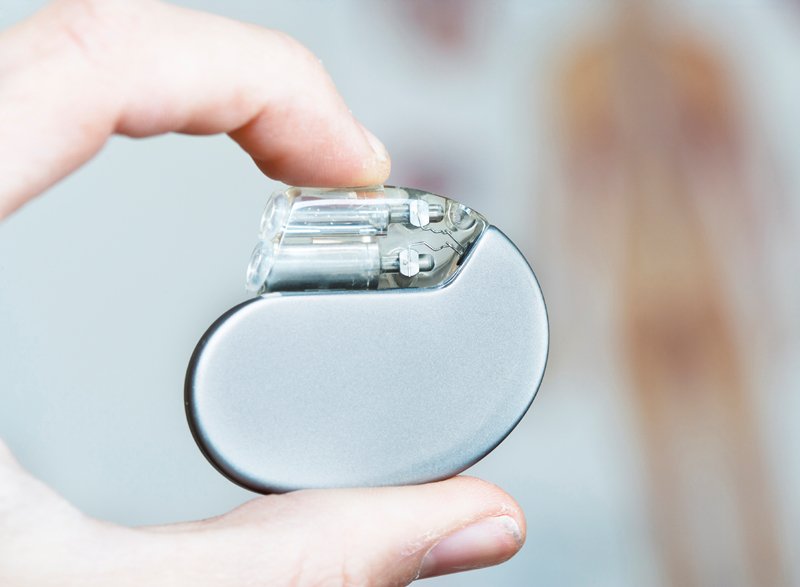
Chỉ định đặt máy tạo nhịp tim trong những trường hợp nào?
The most common indications of pacemaker implantation are patients whose rhythm is too slow, causing symptoms such as fainting, lightheadedness, etc. Bradycardia due to many causes, mainly due to: Obstruction of the roadway 2nd and 3rd degree atrial conduction, sinus node weakness, atrial fibrillation with alternating tachycardia and bradycardia (if tachycardia is treated, it will make bradycardia worse and life-threatening). In addition, there are many other extended indications, but these indications are limited to specific cases.
3. Working principle of pacemaker
The principle of operation of the machine is very complicated, but it can be understood simply: the heart can contract because the rhythmic center emits electrical impulses, these impulses are transmitted through the conduction system to the cells. heart muscle, stimulating the heart muscle to contract.
Pacemaker has the ability to detect these pacing activities of the heart, if this activity of the heart is not guaranteed (creates a rhythm that is too slow, the heart does not pump enough blood to the brain, causing symptoms of cerebral ischemia), then in In this case, the pacemaker will add stimulating impulses, ensuring that the heart contracts at the correct frequency according to the program created on the machine. In contrast, if the heart is working normally, the machine will not emit an impulse to leave the heart to maintain its own activity.
Pacemaker has the ability to detect these pacing activities of the heart, if this activity of the heart is not guaranteed (creates a rhythm that is too slow, the heart does not pump enough blood to the brain, causing symptoms of cerebral ischemia), then in In this case, the pacemaker will add stimulating impulses, ensuring that the heart contracts at the correct frequency according to the program created on the machine. In contrast, if the heart is working normally, the machine will not emit an impulse to leave the heart to maintain its own activity.
4. How to implant a pacemaker in the body?
Pacemaker implantation consists of 2 parts:
The first is to place electrodes into the heart chambers, there are many different types of pacemakers, with 1 - 4 electrodes placed in 1 to 4 different chambers of the heart. Once the location is determined, the electrode will be fixed to the heart wall. The next step is to place the pacemaker, usually just below and between the right clavicle. The doctor will make an incision just enough to insert the pacemaker. Once the pacemaker is in place, electrodes are inserted into the machine and the pacemaker is already in place.
The first is to place electrodes into the heart chambers, there are many different types of pacemakers, with 1 - 4 electrodes placed in 1 to 4 different chambers of the heart. Once the location is determined, the electrode will be fixed to the heart wall. The next step is to place the pacemaker, usually just below and between the right clavicle. The doctor will make an incision just enough to insert the pacemaker. Once the pacemaker is in place, electrodes are inserted into the machine and the pacemaker is already in place.
5. Patients with pacemakers should pay attention
Monitor the machine: Before leaving the hospital, the doctor will check the machine again and adjust it to suit each patient. After that, if there is nothing abnormal, the patient is scheduled to have regular check-ups after 1 month, 3 months, and then 6 months or as soon as there are abnormal signs. Walk and function normally after discharge from the hospital. A month later, the patient will be re-examined if the machine is good and can return to normal work, however, heavy work that requires a lot of physical activity must be avoided. People who used to play sports, after installing a pacemaker, need to stop competing sports, only playing light sports, of a recreational nature. If the patient is driving, if wearing a safety belt, avoid letting the belt cross over the machine. Cell phone use: Many studies have shown the interactions between pacemakers and cell phones. Therefore, a person wearing a pacemaker should never listen to the phone with the ear on the same side as the pacemaker (usually the right ear), which can be heard on the opposite ear, the distance from the cell phone to the device. Pacing as far as possible, using as short as possible, especially when the patient feels “problem” using the cell phone. Special attention: Do not take pictures or get close to the nuclear magnetic resonance machine (danger to life), pay attention when going through the security fence with magnetic devices (usually at the airport) must declare the pacemaker , if arbitrarily passing through can have serious effects, passing through the magnetic field has the risk of disrupting the operation of the machine. Do not place or place devices with magnetic fields (magnets) near pacemakers.
6. Where is the pacemaker implanted?
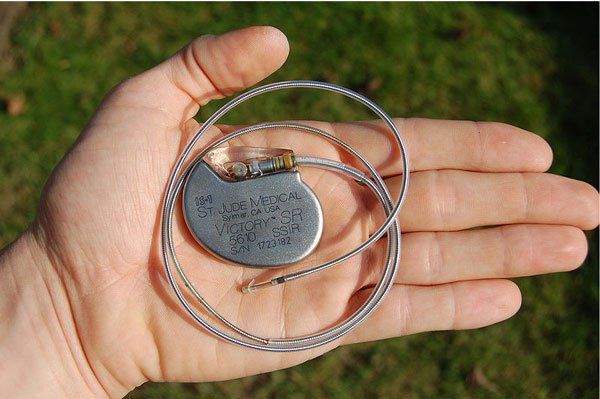
Cấy máy tạo nhịp tim ở đâu?
Cardiovascular Center is one of the leading centers of Vinmec Central Park International General Hospital. The expert team of the cardiovascular center includes experienced professors, doctors, specialists, and masters who are famous in the field of medical and surgical treatment, interventional cardiac catheterization and the application of Advanced technology in the diagnosis and treatment of cardiovascular diseases.
In particular, the Cardiovascular Center of Vinmec Central Park General Hospital is the first unit in the country and one of the few hospitals in the world equipped with the most modern hybrid operating room today, a combination of excellent between the high accuracy of an interventional cardiac catheterization room (Catheterization Lab) and a modern cardiovascular operating room (Operation Room).
Customers can go directly to Vinmec Central Park to visit or contact hotline 0283 6221 166, 0283 6221 188 for support.
In particular, the Cardiovascular Center of Vinmec Central Park General Hospital is the first unit in the country and one of the few hospitals in the world equipped with the most modern hybrid operating room today, a combination of excellent between the high accuracy of an interventional cardiac catheterization room (Catheterization Lab) and a modern cardiovascular operating room (Operation Room).
Customers can go directly to Vinmec Central Park to visit or contact hotline 0283 6221 166, 0283 6221 188 for support.
Bài viết này được viết cho người đọc tại Sài Gòn, Hà Nội, Hồ Chí Minh, Phú Quốc, Nha Trang, Hạ Long, Hải Phòng, Đà Nẵng.


